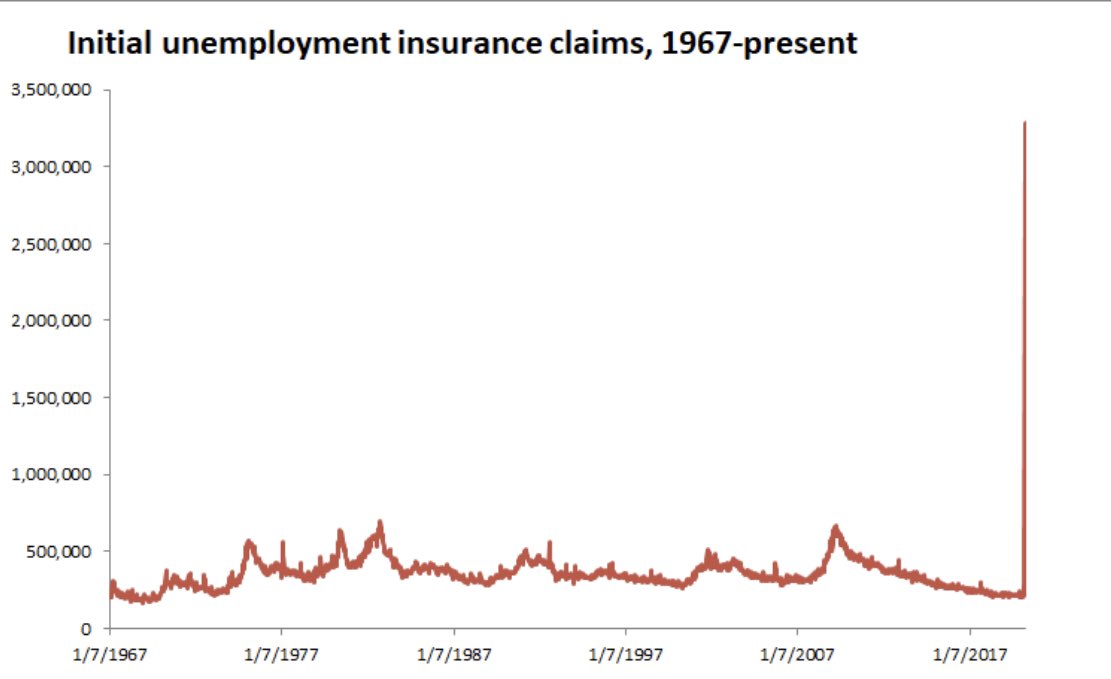Recentemente escrevi, O choque chinês, não o euro. Agora, imaginem o impacte da reversão deste choque... por isso, tenho escrito esta série de postais - Tudo vai depender do tal jogo de forças (parte V).
Para reflexão:
"China’s days of being the Western world’s go-to manufacturing hub may be coming to an end. This has serious ramifications for China, and the world. Depending on where you focus, this is a good thing, or a bad thing. In fact, it’s probably both.
...
For those with contacts in China, stories of laid off young people struggling to afford their apartments, taking on two jobs in gig economies, or becoming escorts in karaoke bars is becoming commonplace. This is not the country that the CCP once held together with promise of opportunity and quick climbs up the Chinese social ladder. This is starting to turn into America of the late 1990s-2000s, reeling for China’s take over of American tooling and steel, textiles and furniture manufacturing. Many people here know what that feels like.
...
The problem is geopolitics. [Moi ici: Recordar Taiwan como espelho da Ucrânia - Cash, then value, then growth] That should scare China’s investors more. They know the drill already. Companies are slow walking out of China because of those tensions. This includes Chinese companies investing in Southeast Asia to avoid trade tariffs, sanctions, and growing political risk. [Moi ici: Recordar Lembram-se do "banhista gordo"?]
To keep its business with the Americans (and to a lesser extent, the Europeans) Chinese companies are moving off the mainland.
...
In a country with roughly 900 million workers, many of whom are blue collar and not about to “learn to code”, these job losses tear at the social contract between the CCP and its people. Roughly 17% of Chinese people have a college degree compared to around 36% in the U.S., according to Chinese and U.S. government stats.
...
Either China figures out a way to consume what it produces at home rather than relying on the U.S. consumer, [Moi ici: Eu pensei nisto em 2008. Recordo Especulação. No entanto, Peter Zaihan alerta-nos para o colapso demográfico chinês, O futuro da globalização. Só para ter uma ideia do impacte da coisa repito aqui o número tremendo "The Chinese are going to lose a greater percentage of their population in the next 20 years from aging than Europe did in the Black Plague, according to Peter Zeihan"] or Beijing makes it less attractive for companies to set up shop in Vietnam. If they cannot do those things, the bloodletting will continue. If this trend goes on, it should be seen as a harbinger of worse things to come.
...
China used to make almost all of our clothes. Not anymore. That’s job losses for China.
...
U.S. imports of China made apparel decreased from about $25 billion in 2018 to about $17 billion in 2021, according to a March 2023 report by the International Trade Commission (ITC).
Imports of these goods from China declined but imports from the rest of the world grew by 25.2%. The ITC estimated a sizable decline in apparel manufacturing imports from China of 40% between 2020 and 2021, while U.S. production increased by up to 6.3% in 2021 in response.
The ITC study looked at 10 different sectors. In all 10, China exports to the U.S. fell. Computer equipment from China fell around 7%; furniture imports fell 25%; electronics equipment imports fell by 40%. Automotive parts imports fell a whopping 50%, according to the ITC.
...
China and Hong Kong’s investment into Mexico rose six-fold from $117.1 million in 2015 to nearly $700 million in 2022, according to the Mexican government.
Chinese manufacturing growth might have peaked.
China’s future growth industries could pick up some of this labor, but very little. Robotics will be good for China blue collar labor, but biotech, pharma, and AI will not as making the shift from seamstress to scientist is quite the stretch. So is going from Chinese solar panel maker to AI coder. It is also unlikely that lower skilled office jobs can pick up the blue collar workforce losing out to outsourcing.
...
China is surely not a dying manufacturing power. Europe would be in worse shape, for sure. China can turn the ship around, but if it comes at America’s expense, that will be totally unsustainable.
But China’s days as manufacturer of nearly everything in your house and garden shed look to be pretty much over. That’s a lot of workers whose future is in question for the first time in a generation.
...
the bad news is that the erosion of China’s role as go-to manufacturer will likely become a matter of life and death — for industries, for businesses, for some people."
Trechos retirados de "China's Big Troubles: Its Days As Global Go-To Manufacturer May Be Coming To An End"












%2006.21.jpeg)












